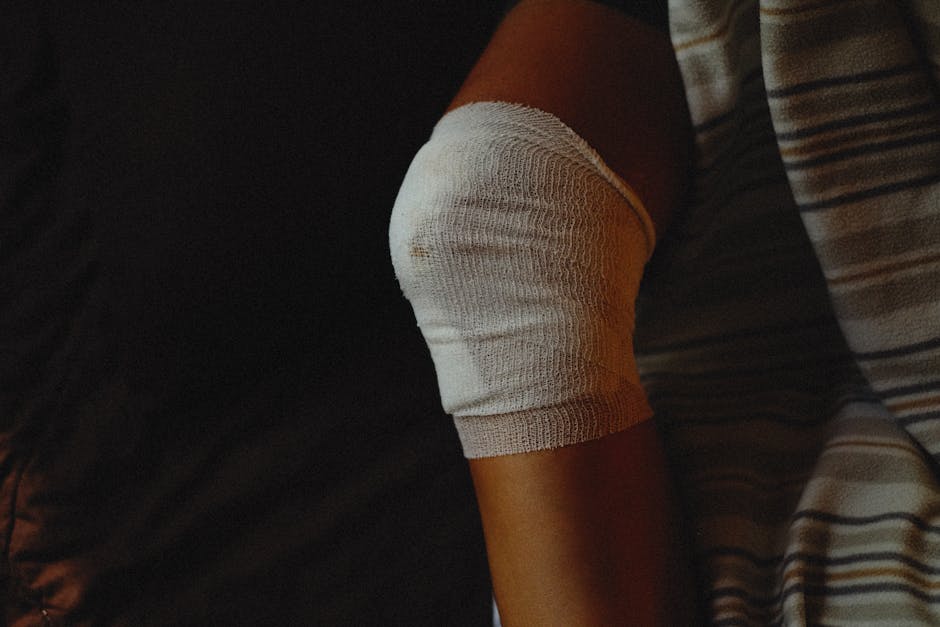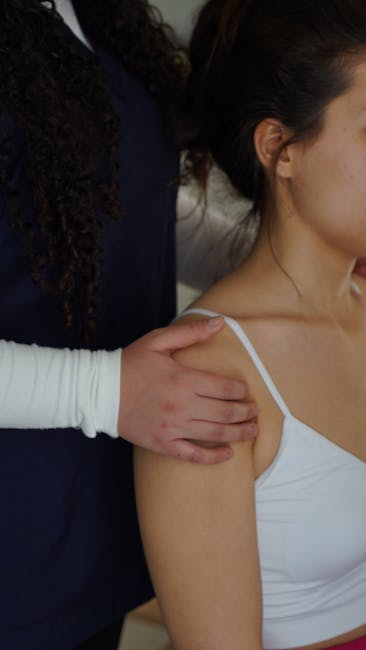If you love pickleball but struggle with knee or shoulder pain, you’re not alone. At PickleballMate, our community is packed with active, competitive players who—as much as they love to move—sometimes deal with the aches that come from an energetic lifestyle. The good news? With the right adjustments and gear, you can stay on the court and enjoy your game without making joint pain worse. Here’s a comprehensive, actionable guide from our team to help you play pickleball comfortably and confidently, even with joint discomfort.
Why Joint Pain Affects Pickleballers
Many of us in the pickleball community value staying active, but intensity and frequent play can bring about knee or shoulder problems, especially if you play several times a week. Most issues stem from repetitive motion, quick lateral movements on the court, or older injuries flaring up. Understanding how the game impacts your joints is the first step toward long-term comfort and injury prevention.
Knee Pain: Immediate Strategies and Pacing Yourself
If your knees start to ache during or after play, pacing and targeted care can make a big difference. Here’s how we like to manage it:
- Protect: If your knee flares up mid-game, slow things down. Avoid sudden pivots or deep squats and take short breaks. It’s okay to say “no” to certain shots if your body immediately protests.
- Elevate and Compress: Between games, prop your knee up and use a knee sleeve to manage swelling. A good knee compression sleeve is a low-profile option you can wear under athletic gear to reduce discomfort.
- Skip the quick fixes: Resist the urge to take anti-inflammatories right away unless directed by your doctor, as it can mask pain cues your body needs to protect itself. Instead, try icing after play or light stretching.
Technique Tweaks for Knee Protection
We’ve found that subtle adjustments in movement and stance can ease pressure on the knee without sacrificing your edge on the court:
- Swap deep lunges for lateral shuffles: Instead of overstretching, step sideways in smaller, controlled movements. This keeps knees happy and guards against accidental twists.
- Anticipate, don’t chase: Work on reading your opponent’s shots early. Moving in advance reduces the need for quick, high-impact sprints or sudden stops.
- Choose gentle surfaces: Whenever possible, play on courts with shock absorption—that could mean well-maintained indoor surfaces, or cushioned insoles in your court shoes.
Smart Footwork Habits
- Maintain a partial squat (slight knee bend) in the ready position—don’t lock your knees.
- Use fast, small steps to adjust your position, rather than long reaches.
- Avoid sudden jumping or landing with knees locked; let your hips and ankles absorb some of the impact.
Gearing Up for Knee and Foot Comfort
Your gear plays a crucial role in joint protection. In our own research and experience as a team:
- Knee Sleeves & Supports: Lightweight compression sleeves not only reduce swelling but help stabilize the knee during lateral movement. Choose breathable options with good reviews from athletes (and wash them often!).
- Shock-Absorbing Insoles: High-quality insoles can lessen the impact every time you pivot or lunge, taking a load off both knees and hips. Check the fit in your current pickleball shoes.
- Kinesiology Tape: If you have mild instability, professionally applied tape can support the joint and boost your body’s proprioception—your sense of where your knee is in space—which can prevent awkward, painful missteps.
Shoulder Pain: Adjusting Your Game
For those battling shoulder discomfort—often due to overuse or rotator cuff issues—simple tactical changes can keep you comfortably in the game:
- Transition to more underhanded serves: This technique puts far less strain on the shoulder than overhead serving.
- Replace smashes with dinks: Focus on soft game strategies. Dinking is not only easier on your shoulder but can frustrate your opponent and shift the game in your favor.
- Use your body, not just your arm: Rotate your core and hips for power, letting the big muscles take the load.
- Minimize overhead shots: Only use them when absolutely necessary, and keep your elbow below shoulder level when possible.
Shoulder-Friendly Recovery Habits
- Ice your shoulder for 10-15 minutes after games.
- Use a resistance band for post-game stretches—work on gentle rotations and scapular squeezes rather than heavy lifting.
- If possible, warm up with shoulder circles and band exercises before stepping onto the court.
Strengthening Routines: Stay Ahead of the Pain
Regular off-court work makes a huge difference—especially for those who play multiple times per week. Here’s what works for us and our fellow pickleballers:
For Knee Stability
- Heel Raises: Great for building lower leg strength and resilience. Try three sets of 15 with a pause at the top.
- Lateral Band Walks: Strengthens glute muscles, which stabilize the knee. Walk side-to-side with a resistance band around your thighs.
- Single-Leg Stands: Hold for 30 seconds per leg to boost balance and knee control.
For Shoulder Health
- External Rotations: Use a light band to perform slow, controlled rotations three sets of 12-15 per arm.
- Wall Angels: Face a wall, arms bent at 90 degrees, and slide them upwards like wings to loosen your upper back and shoulders.
- Scapular Squeezes: Squeeze shoulder blades together for 10 reps, three times through, to keep posture upright and healthy.
Mindset and Listening to Your Body
Sometimes, the hardest thing for us athletes is knowing when to pull back. But listening to your body ensures you don’t turn a manageable ache into a serious injury. Never be afraid to take planned rest days, and use discomfort as a signal to tweak your form or adjust your game speed.
Pickleball Community and Support
If you belong to a local club, let your playing partners know what you’re managing. The pickleball community is famously supportive and will respect your boundaries, making it easier for everyone to enjoy the game at their best.
Conclusion: Stay in the Game With Smarter Adjustments
Joint pain doesn’t have to mean the end of your pickleball adventures. By making thoughtful tweaks to your technique, investing in the right gear, and staying proactive about strengthening and recovery, you’ll be able to keep having fun, improving your skills, and connecting with the vibrant pickleball community.
If you’re ready to upgrade your paddle or find comfort-enhancing gear—whether it’s shock-absorbing insoles, compression guards, or bags for all your essentials—our guides and product reviews at PickleballMate can help you make the best choice for your active lifestyle. Stay active, stay comfortable, and we’ll see you on the court!





